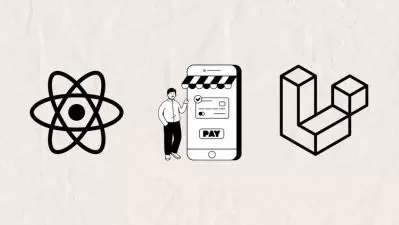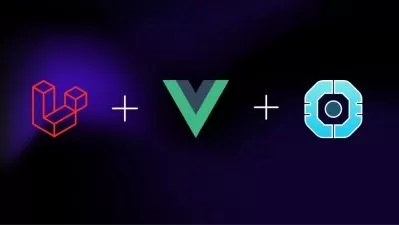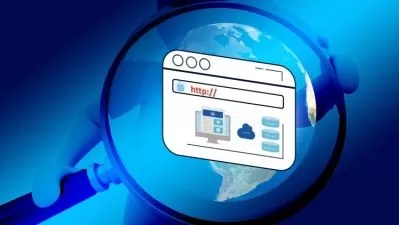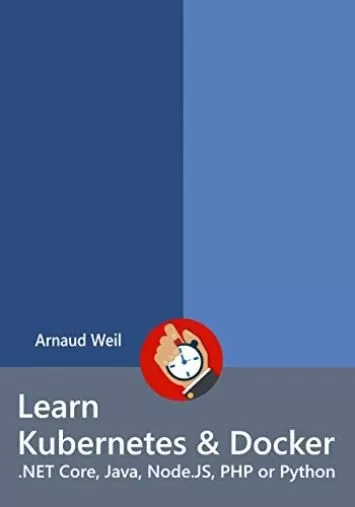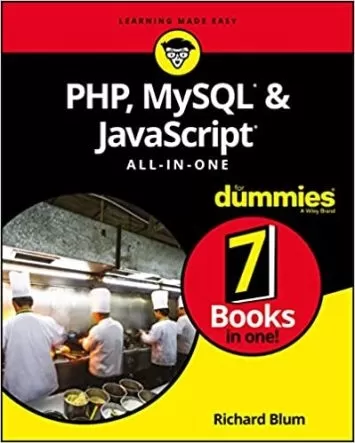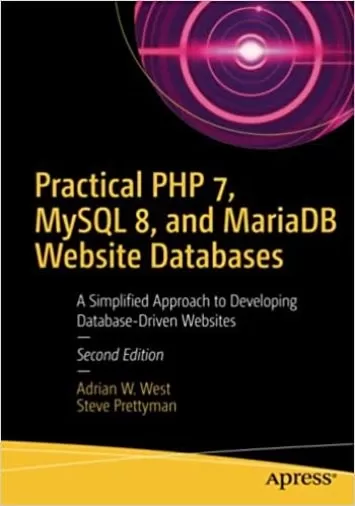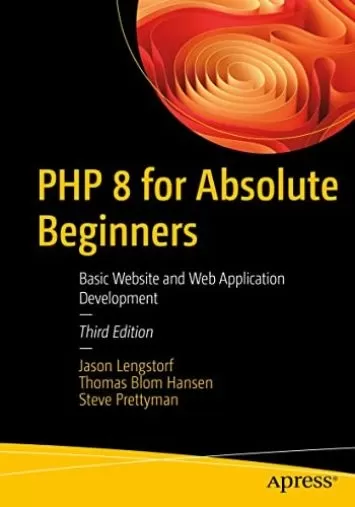About PHPLearn More
PHP is a popular programming language that allows you to embed powerful functionality into HTML. You can use PHP to add interactive forms, a database interface, and so much more to a web page. Most users find it easy to learn and simple to use, allowing beginners to continue working without stopping to fix common coding errors. A PHP course on Udemy can teach you techniques to make your web pages interactive and more interesting.
Sort by:
Sorting
The newest
Most visited
Course time
Subtitle
Filtering
Courses
Subtitle
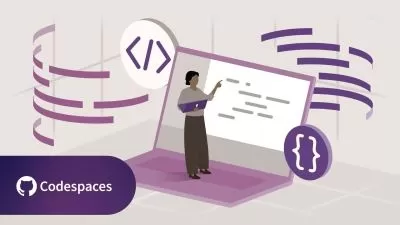
Linkedin Learning


Gary Kovar
Exploring and Selecting PHP Frameworks 1:01:44
English subtitles
08/01/2024

Udemy


Programming Academy
Master Java and PHP: Ultimate Full-Stack Development Course 4:09:19
07/22/2024

Udemy


Khaiser Khanam
PHP Mastery 2024-Basics to Advanced with 8 Hands-on Projects 43:27:35
06/20/2024
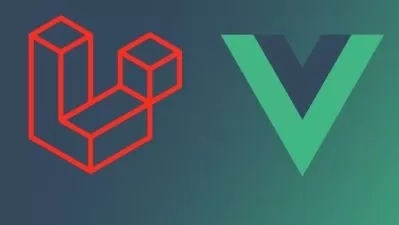
Udemy


Ahmet Sabry Mahfouz
Laravel 11 + Vue 3 + TailwindCSS: Fullstack personal blog. 1:15:04
06/18/2024

Udemy


Online Web Tutor
Laravel 11 REST APIs with Passport and Swagger Documentation 2:29:08
05/29/2024

Udemy


Webmotionhq Webmotionhq
Professional Blogging Platform in LARAVEL 10 & MYSQL DB 14:46:10
05/19/2024
Books
Frequently asked questions about PHP
PHP is a general-purpose scripting language that is widely used in web development. While most popular for web programming, you can also use PHP to create standalone applications and backend build scripts and utilities. PHP is actually an abbreviation of PHP: Hypertext Processor. A web server like Apache or Nginx executes PHP code through a module or CGI interface. When the server receives a request directed to a PHP script, the PHP code is interpreted and executed. It will then return a response that may be HTML, JSON, or binary image data. Many PHP frameworks like Laravel and Symphony make the process of building web applications with PHP simpler and quicker. PHP is also free and open-source, which means anyone can download a PHP executable for their operating system and start coding.
HTML is the markup language that defines the structure of web pages. Every web page uses HTML. It is not a programming language, but a subset of XML. Web browsers parse HTML to determine how a web page and its elements, like headings, paragraphs, and images, will look when rendered. Static HTML pages can be served directly by a web server and usually have a .htm or .html extension. PHP is a scripting language that runs on a web server. It must be executed to return results. Usually identifiable with the .php extension, PHP is commonly used in web development to generate HTML on dynamic websites. The difference is that PHP can return more than HTML; it also generates other text-based data like JSON, as well as images and binary data. PHP developers work on server-side or back-end code, while HTML is used to develop the front-end of a website.
Since the PHP programming language is prevalent in web development, most PHP careers involve building and maintaining web applications and websites. There are many types of web development careers to choose from if you know PHP. Marketing agencies, advertising agencies, and many other businesses use content management systems like WordPress and Drupal for their websites. These companies need PHP developers to add custom functionality to these popular platforms when the built-in features are not enough. Another career choice for a PHP developer is in e-commerce, customizing PHP e-commerce platforms like Magento or Zen Cart. Other web development companies using PHP frameworks like Laravel or Zend Framework need PHP developers to build custom websites and applications. In some PHP jobs, developers have to write custom PHP code from scratch.







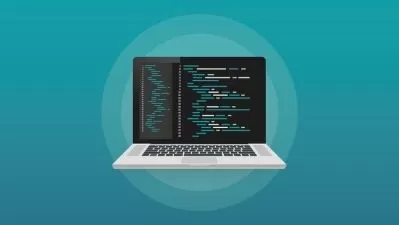

![Perl Programming: Understanding The Basics [2024]](https://traininghub.ir/image/course_pic/39583-x225.webp)



